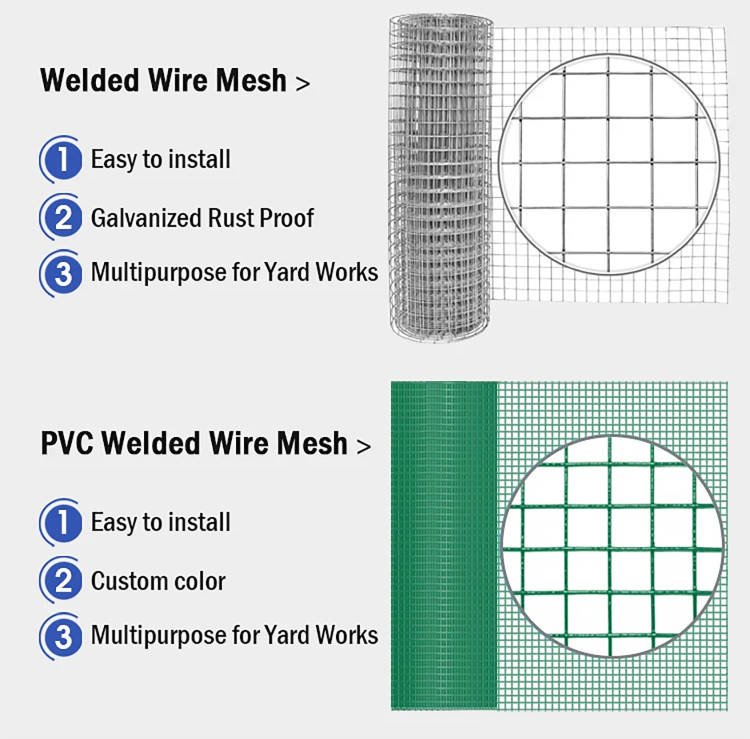removing nails from wood
Removing Nails from Wood A Comprehensive Guide
Removing nails from wood can often be a daunting task, especially for those who are not well-versed in woodworking or home repair. Whether you’re refurbishing old furniture, dismantling pallets, or renovating your home, knowing the right techniques and tools for nail removal can help you complete your project efficiently and avoid damage to the wood. This guide will explore various methods for removing different types of nails from wood, including essential tools and safety tips.
Types of Nails and Their Challenges
Before diving into the removal process, it’s essential to identify the type of nails you’re dealing with. Common types include common nails, finishing nails, and drywall nails. Each type can present unique challenges
1. Common Nails These are thick and often have larger heads, making them easier to grip and remove. 2. Finishing Nails These nails are smaller with a tapered head, often leaving little to grab onto, making them more challenging to remove without damaging the wood. 3. Drywall Nails Similar to finishing nails but slightly larger, they often break when pulled, requiring careful removal.
Tools You Will Need
To successfully remove nails, you’ll need a few essential tools
- Pry Bar or Nail Puller This tool can help you leverage the nail out of the wood with minimal damage. - Hammer Sometimes, a gentle tap can help loosen a nail before you pull it out. - Vise Grips or Pliers For nails that are stubborn or have broken heads, these tools can provide the extra grip needed. - Drill or Screw Extractor If a nail head breaks off, a drill can be used to create a hole for an extractor. - Wood Glue In case of minor damage, you may want to repair the wood with glue after nail removal.
Step-by-Step Removal Process
Before you start yanking at nails, assess their location. Check if they are flush with the wood or if they have any portions sticking out. For flush nails, you may need to use the pry bar.
2. Use a Pry Bar
removing nails from wood

For nails that are exposed, place the pry bar under the nail head and gently apply leverage. Be sure to position a scrap piece of wood under the pry bar to protect the wood surface as you pull the nail out.
3. Tap with a Hammer
If the nail is stubborn, lightly tap the nail with a hammer to loosen it before pulling. This can break the bond of any rust or paint that may have adhered to the nail over time.
4. Grip with Pliers
If you find that the nail has a weak head or is starting to bend, use pliers or vise grips to grasp the nail firmly. Twist and pull gently to avoid breaking it.
5. Drill If Necessary
If the nail head is broken off or cannot be removed using standard methods, consider drilling a small hole in the center of the nail. Using a screw extractor kit, carefully drill down and extract the nail with the tool designed for that purpose.
Safety Precautions
While removing nails, always prioritize safety. Wear safety goggles to protect your eyes from flying debris, and gloves to protect your hands from sharp edges. Ensure your workspace is well-lit and free from clutter to avoid accidents.
Conclusion
Removing nails from wood may seem straightforward, but it requires the right techniques and tools to do it effectively and safely. By understanding the types of nails, using the appropriate tools, and following a systematic approach, you can successfully remove nails without damaging the wood. This knowledge not only saves you time and frustration but also prepares you for future woodworking or renovation projects. With practice, you'll become proficient at removing nails, making your projects more enjoyable and effective. Happy DIY-ing!
-
Space-Saving Chain Fence Hacks Vertical Gardening with Cyclone MeshNewsJul.16,2025
-
Innovations in Iron Nail Wire Production for Modern ConstructionNewsJul.16,2025
-
Creative Uses of Wire Netting Fence in Modern Landscape DesignNewsJul.16,2025
-
Barbed Wire Fence Innovations in Anti-Climb TechnologyNewsJul.16,2025
-
Architectural Uses of Umbrella Nails for Aesthetic Roof DesignsNewsJul.16,2025
-
Architectural Uses of Razor Barbed Wire in Secure Urban DesignNewsJul.16,2025




